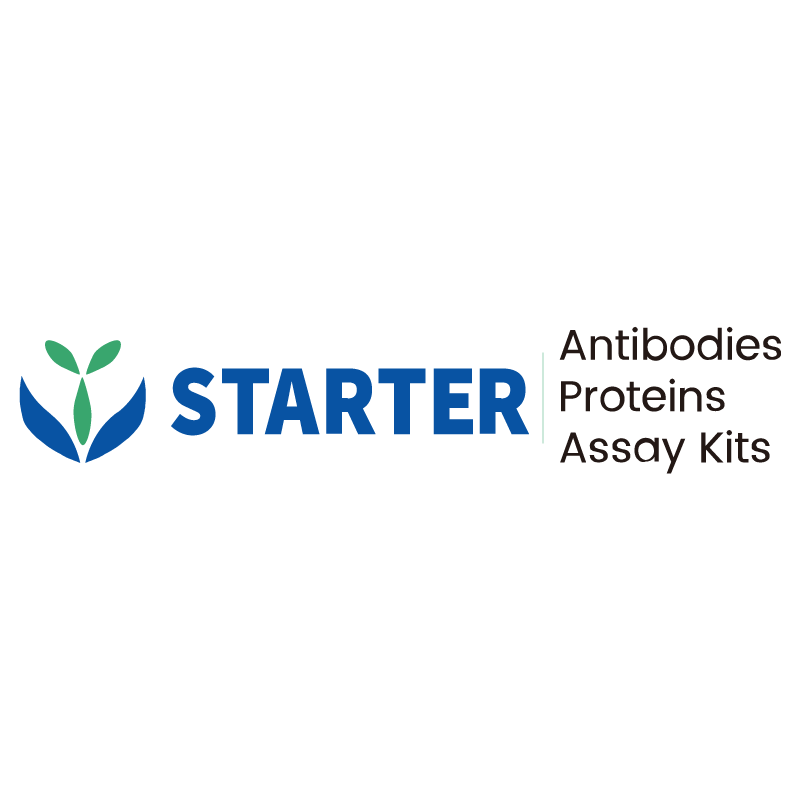Product Details
Product Details
Product Specification
| Host | Rat |
| Antigen | CD106 |
| Synonyms | Vascular cell adhesion protein 1; V-CAM 1; VCAM-1Cleaved into 1 chainsSoluble Vascular Cell Adhesion Molecule-1; Vcam-1; Vcam1 |
| Location | Secreted, Cell membrane |
| Accession | P29533 |
| Clone Number | S-R733 |
| Antibody Type | Rat mAb |
| Isotype | IgG2a,k |
| Application | FCM |
| Reactivity | Ms |
| Purification | Protein G |
| Conjugation | Alexa Fluor® 647 |
| Physical Appearance | Liquid |
| Storage Buffer | PBS, 25% Glycerol, 1% BSA, 0.3% Proclin 300 |
| Stability & Storage | 12 months from date of receipt / reconstitution, 2 to 8 °C as supplied |
Dilution
| application | dilution | species |
| FCM | 5 μl per million cells in 100μl volume |
Background
CD106, also known as vascular cell adhesion molecule-1 (VCAM-1), is a member of the immunoglobulin superfamily of proteins and is predominantly expressed in endothelial cells. It is a cytokine-inducible cell surface protein capable of mediating adhesion to leukocytes expressing alpha 4 integrins. CD106 plays a crucial role in various physiological and pathological processes. In embryonic development, CD106-deficient mouse embryos are not viable, showing severe defects in placental and heart development. In immune regulation, CD106 is involved in T cell activation and leukocyte recruitment to inflammation sites. It is also critical for mesenchymal stem cells (MSCs)-mediated immunosuppression and the binding of hematopoietic progenitor cells.


